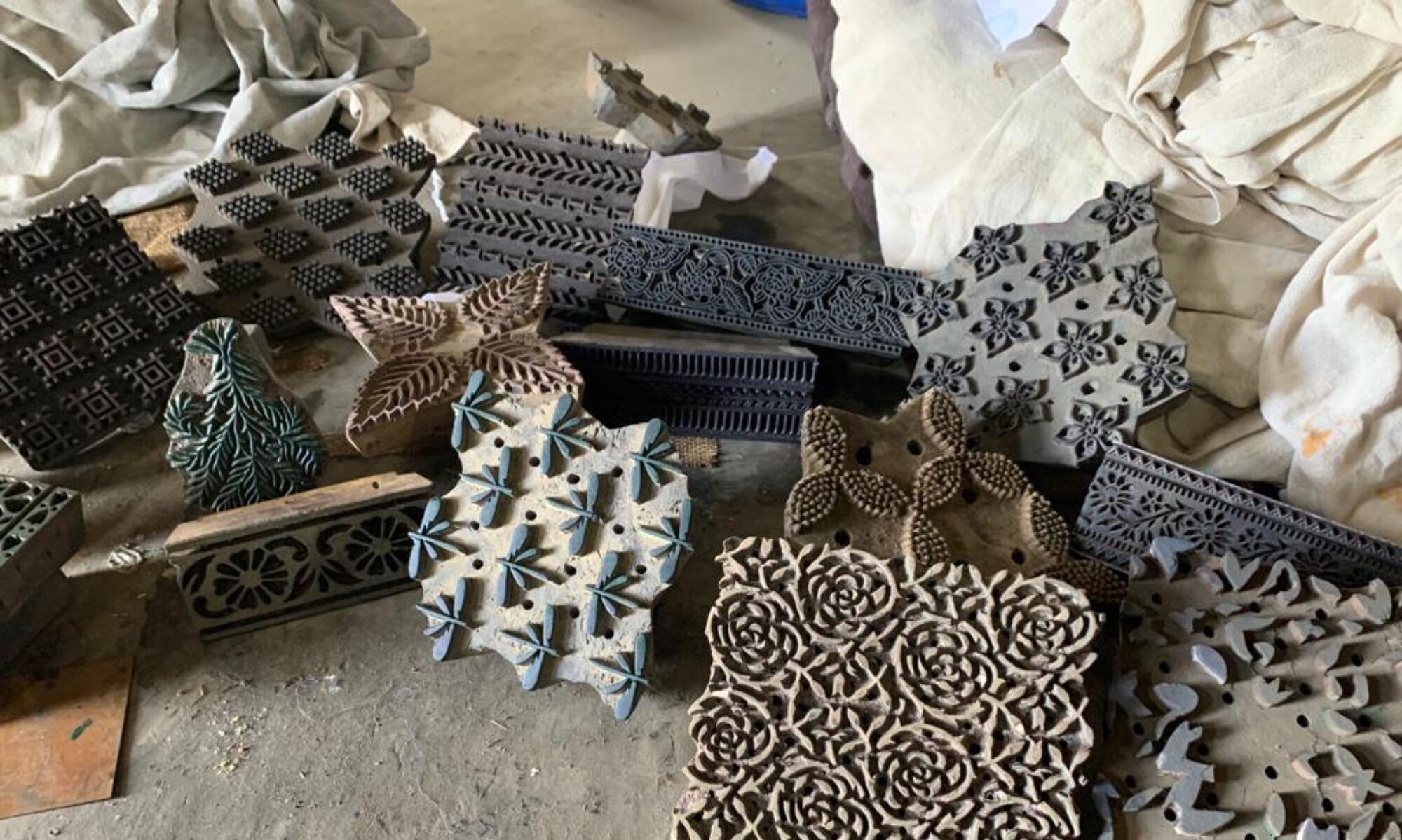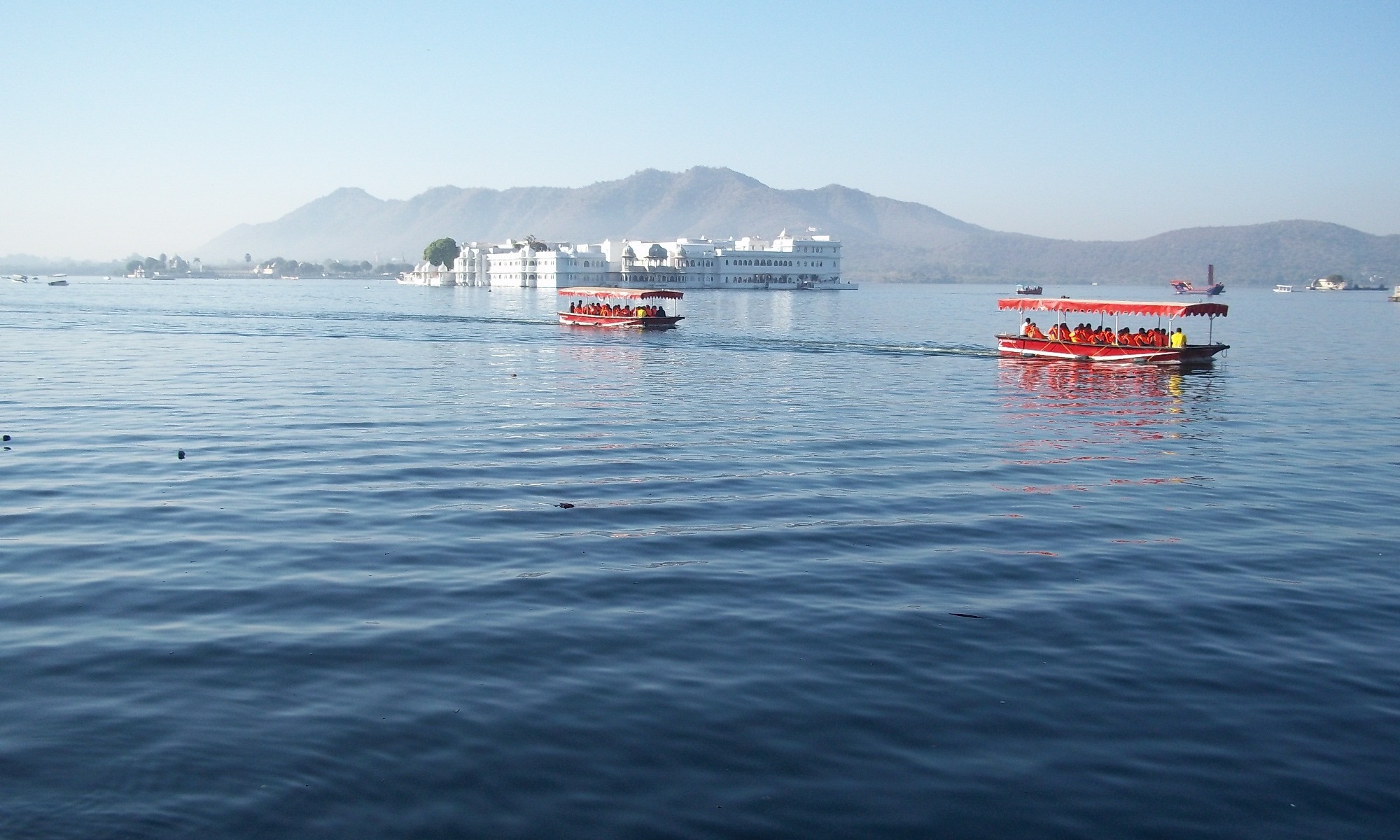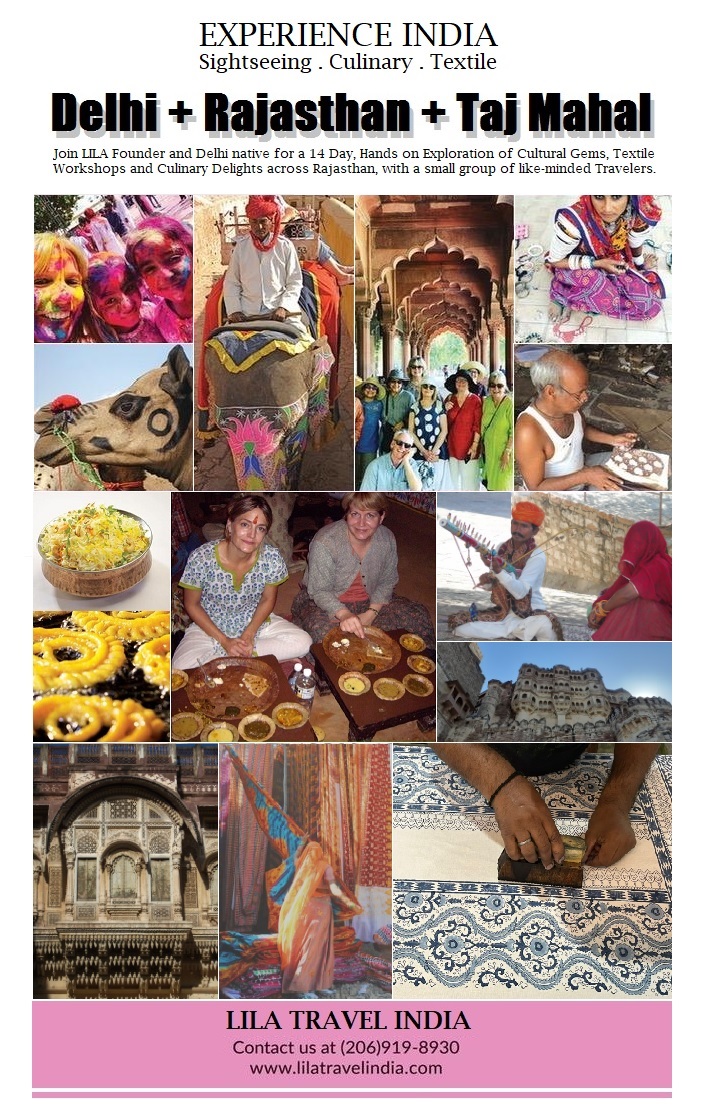India is a fascinating country with a rich culture, diverse landscape, and a long history. It offers a unique travel experience with something for everyone, whether it’s exploring the bustling cities, soaking up the culture and history, or enjoying the natural beauty and wildlife.
Here are some interesting travel facts about India:
Geography: India is the seventh-largest country in the world by land area and the second-most populous country after China. It is located in South Asia and shares borders with Pakistan, China, Nepal, Bhutan, Bangladesh, and Myanmar.
Languages: There are 22 officially recognized languages in India, with Hindi being the most widely spoken language. English is also widely spoken and is often used in government, education, and business.
Religion: India is a secular country with a diverse religious landscape. The major religions practiced in India are Hinduism, Islam, Christianity, Sikhism, Buddhism, and Jainism.
Cuisine: Indian cuisine is known for its wide variety of spices and flavors. Each region of India has its own unique cuisine, with some popular dishes including biryani, curry, dosa, and samosas.
Transportation: India has a vast transportation system that includes buses, trains, and domestic airlines. The Indian Railways is one of the largest railway networks in the world, with over 120,000 km of track.
Culture: India has a rich cultural heritage with a long history of art, music, and dance. Some popular forms of Indian classical music include Hindustani and Carnatic music, and dance forms such as Bharatanatyam, Kathak, and Kuchipudi.
Festivals: India is known for its colorful festivals, with some of the most popular being Diwali, Holi, and Durga Puja. These festivals are celebrated with great enthusiasm and involve a lot of music, dance, and food.
Wildlife: India is home to a diverse range of wildlife, including tigers, elephants, rhinoceroses, and lions. The country has over 100 national parks and wildlife sanctuaries, including the famous Jim Corbett National Park and Kaziranga National Park.
History: India has a rich history dating back thousands of years, with evidence of early human civilizations such as the Indus Valley Civilization. The country has been ruled by various empires and dynasties, including the Maurya Empire, Gupta Empire, and Mughal Empire.
Climate: India has a varied climate with the northern parts of the country experiencing cold winters and hot summers, while the southern parts have a tropical climate. The monsoon season runs from June to September and brings heavy rainfall to most parts of the country.
Capital: New Delhi
Time: GMT + 5 hours 30 minutes
Currency: Rupee
International Dialling code: 00 91
Driving: Left side drive
Currency: The local currency in India is Rupee. The notes in regular circulation are in denominations of Rupees 10, 20, 50, 100, 500 & 2000. Being a partially controlled currency Rupees are not readily available outside India. All ports of entry in the country, however, have a 24-hour bank exchange counter immediately after Customs and Immigration, which will offer you the opportunity to buy some Rupees. These can also be bought in most hotels.
Cash withdrawals on credit cards from dispensing machines are also available in big cities but should not be relied entirely on for funds. Travellers cheques can be carried in Pounds Sterling or US Dollars and are accepted at banks and major hotels. Credit cards, preferably Mastercard or Visa, are accepted in major hotels, tourist shops and bigger restaurants.
Food and Beverages: The diverse topography and cultural heritage of India is truly reflected in its cuisine. Majority of Indian are vegetarian and Dal Bhat – lentil soup served over boiled rice – still forms the staple dish. The non-vegetarian cuisines – most of them influenced by Mughal era – are widely available in most restaurants. You may also come across Chinese and other Oriental cuisines in many restaurants. Indians like their food spicy – though many international hotels tone it down to foreign palate. We suggest you to eat moderately for first few days until your body get accustomed.
Indian beer, gin and rum are of acceptable standard. However you may find imported liquor and wine quite expensive.
Clothing and Climate: The weather in South India is even throughout the year, barring hot & humid months from May till July with November till February being best weather when humidity is lower. North India has very hot summer from May till July and then rainy months till September. October to April is the best time in North barring peak winter months (December-January) particularly in high altitude regions. Given the geographical diversity of India, the weather is pleasant in some part or other, making it round the year destination.
In general we recommend light cotton clothes during the day and light woollen for early morning and night. If travelling at high altitude or trekking, heavy woollen clothes will be required in winter months from December till February. For the sightseeing sessions you may find a good pair of sunglasses and a sun-hat handy. At some of the monuments/temples/mosques, it is advisable to avoid sleeveless tops and short skirts. You may also be asked to remove your shoes at some religious monuments.
Voltage: The electric voltage in India is 220 volts and pin holes are round.


